Introduction
My last camera purchase was a while ago. As it turns out, I tend to use my cameras for longer time periods. I bought the Fujifilm X-E3 as a second camera in the fall of 2019. My X-T1 is even older; I purchased it in 2016. My oldtimer, the X-E1, is now eleven years old acquired in 2013. My Fujifilm journey spans over a decade now. Cool. If you’re interested, you can read about My Digital Camera Journey.
Given their age, all three cameras are still in great shape. The X-E1, converted to IR a few years ago, serves a rather specialized purpose. The other two cameras are more or less all-purpose cameras that work well within their capabilities. Neither is a fast auto-focus beast, but that’s alright. I don’t need super fast auto-focus, maybe sometimes. Their respective Megapixels (MP) are OK for most purposes as well.
So why a new camera? Besides the fact that new gear is such great fun, there are also features that I admit are nice. It isn’t the higher resolution of more modern sensors, or the speedy autofocus, which I’m not used to that were the deciding factors. For me, it is IBIS (in-body image stabilization). Two of my Fujifilm lenses have OIS (image stabilization built into the lens). But none of my other lenses have it. Since I like vintage lenses, IBIS has been a siren call that has been harder and harder to resist.
The Decision Path
Since I am using the Fujifilm X-System with a few lenses, the X-T5 was high on my list of potential contenders. Cost is a factor. Weight and size could be a factor. There have been two full-frame (FF) candidates, the Sony Alpha7 III and the Nikon Z7. While FF would have been great, those cameras are more expensive, especially with the more current models. While the Sony is priced competitively and often discounted, the newer models would have been out of the price range I can justify. There is also the situation that I have no lenses for those cameras, which would add to the cost. Since I would have to live with just one modern autofocus lens for a while, this lens would need to be of higher quality and, subsequently, price. The weight and size differences of the cameras are probably not as much of an issue as they used to be since all are mirrorless. Lenses, however, can be noticeably bigger and heavier in the FF area.
I decided to do the following: rent an X-T5 for ten days, use it with my lenses, and do my thing with shooting and post-processing. If I like it, the journey ends here. There is no need to tempt me unnecessarily with FF and torture my wallet more than necessary. If I didn’t like it, the next camera plus lens rental would have been the Sony Alpha 7 III. I read that it has the best sensor. True or not, I cannot say. The images look great, though. The third in line would have been the Nikon. Price is the reason for this order.

Fujifilm X-T5 | Fujinon XF 23mm f1.4 R | 23mm (35mm) | 1/1850sec | f/8 | ISO 125
The Testing Phase
I rented the X-T5 from lensrentals.com, which was a great experience. I ordered the camera to arrive on Monday, and it arrived on Friday. I had two more days to play with it, with no extra fees. The camera was securely packaged, clean, and in excellent condition. I will use LensRentals again when I decide to buy new photo equipment that I would rather test before shelling out the big bucks (and it will be big bucks).
First Impressions of the X-T5
I love the camera. Everything is so familiar; everything is new. The handling is excellent. It is like an improved version of the X-T1. It is much easier to hold the camera with just one hand. The improved handgrip makes a difference, even without the thumb rest. I do want to use a soft shutter button. It improves the handling, and it looks cool. The bigger viewfinder is excellent. It is quite an improvement over the X-T1.
Testing Autofocus
The accuracy of the autofocus is a crucial feature. I’m not asking for the performance of a camera dedicated to sports photography or something similar, but it has to be good. I read that the camera’s autofocus was lacking after a firmware upgrade. That was one of the reasons I wanted to do a test run before I bought the camera. Overall, I was very satisfied with the performance of this camera (it did have firmware 4.0.0 installed).
I used my own lenses to judge the autofocus. I didn’t rent any newer lenses, and none of my lenses are optimized for a high-resolution sensor.
Fujifilm X-T5 | Fujinon XF 55-200mm f3.5-4.8 R LM OIS | 200mm (300mm) | 1/300 sec | f/6.4 | ISO 800
Fujinon XF 55-200mm f3.5-4.8 R LM OIS
This is a fun lens, and attached to the X-T5, it is even better. The autofocus is really fast. When I write things like that, remember that I come from cameras like the X-E1, X-E3, and X-T1. Fast is relative. I found the autofocus accuracy to be very good. I used this lens to photograph my dogs (with the animal detection feature), wildlife, flowers, and landscapes. Some images have been out of focus, or the focus has been in the wrong place, but that could have been my body movement as well. The majority of my images were in focus. I did not have any 40MP optimized lenses available to compare the image quality, but I found the IQ to be very good or excellent.
Fujinon XF 18-55mm f2.8-4 R LM OIS
The original kit lens hardly ever disappoints. It could show off its qualities on the X-T5. Autofocus was very fast and accurate—it was like having a new lens. The image quality was also excellent. The photo below uses the animal detection feature, which works well. This was the first time I used such a feature on a camera.

Fujifilm X-T5 | Fujinon 18-55mm f/2.8-4 R LM OIS | 55mm (83mm) | 1/80 sec | f/5 | ISO 6400
Fujinon XF 35mm f1.4 R
Here, we have one of Fujifilm’s oldest lenses for the X-mount. It has character and can produce beautiful images. The autofocus, however, has always been relatively slow on my cameras, especially on the X-E1, where the autofocus can be very frustrating. The lens tends to hunt and rattle along until it finds focus. Not precisely a silent lens. The X-T5 changed almost all of that. The lens is confident when focusing and doesn’t hunt nearly as much, which keeps the noise at bay. The image quality is excellent as well. I find that the older lenses work rather well with this 40MP camera.
Fujifilm X-T5 | Fujinon XF 35mm f1.4 R | 35mm (53mm) | 1/600 sec | f/2 | ISO 125
Manual Focus Lenses
I also wanted to test manual focus with actual manual lenses, not the fly-by-wire variety. The first was my beloved Helios-44 f/2 (13 blades). I ensured that the camera was set up to handle manual lenses, turned shooting without a lens on, and set manual focus to focus-peaking, high.
It is awesome. The larger viewfinder with the zoom function makes such a big difference. And there, I thought the X-T1 and X-E3 were great. I used the following lenses:
- Helios-44 f/2 (13 blades): my Russian Biotar lens that I love so much
- Laowa 65mm f/2.8 2x Ultra Macro APO: the macro specialist
- Rokinon 12mm f2.0 NCS CS: the lens that surprises me every time with wonderful images
- Rokinon 100mm f2.8 Macro: big and heavy and not so joyful to use, but it can produce great close-up photos
A click on the thumbnail will open a larger version of the image.
Fujifilm X-T5 | Helios 44 58mm f2 (13 Blades) | 58mm (87mm) | 1/950 sec | ISO 125
Fujifilm X-T5 | Rokinon 12mm f2.0 NCS CS | 12mm (18mm) | 1/170 sec | f/8 | ISO 125
Fujifilm X-T5 | Laowa 65mm f/2.8 2x Ultra Macro APO | 65mm (98mm) | 1/100 sec | ISO 200
Fujifilm X-T5 | Rokinon 100mm f2.8 Macro | 100mm (150mm) | 1/150 sec | ISO 4000
Final Thoughts
For me, the X-T5 is the camera to buy. I loved everything about it: its size, weight, how it feels in my hands, IBIS, and the image quality. This camera is an awesome upgrade for me. I will likely keep my oldies, but I love this one. Yes, FF has better image quality, but despite that, the X-T5 ticked all my boxes, so I decided not to rent another camera. The X-T5 makes me want to take pictures.
After some internal back and forward, I ordered an X-T5 with the new kit lens, which is weather-sealed—something I wanted. It can also be used for infrared photography, which the older kit lens cannot. That’s a plus in my book. On top of it, I will also have the opportunity to compare the two kit lenses myself.

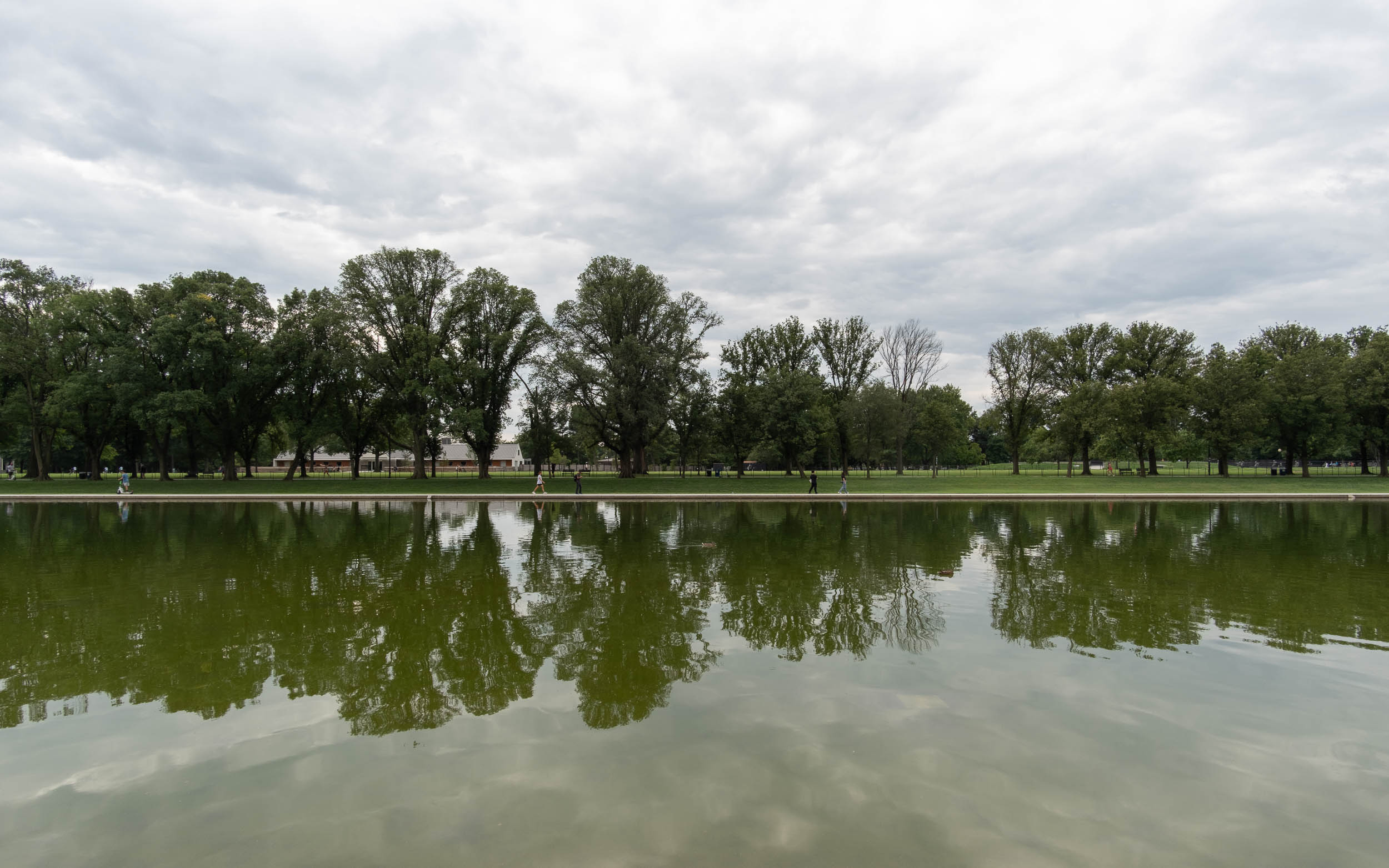
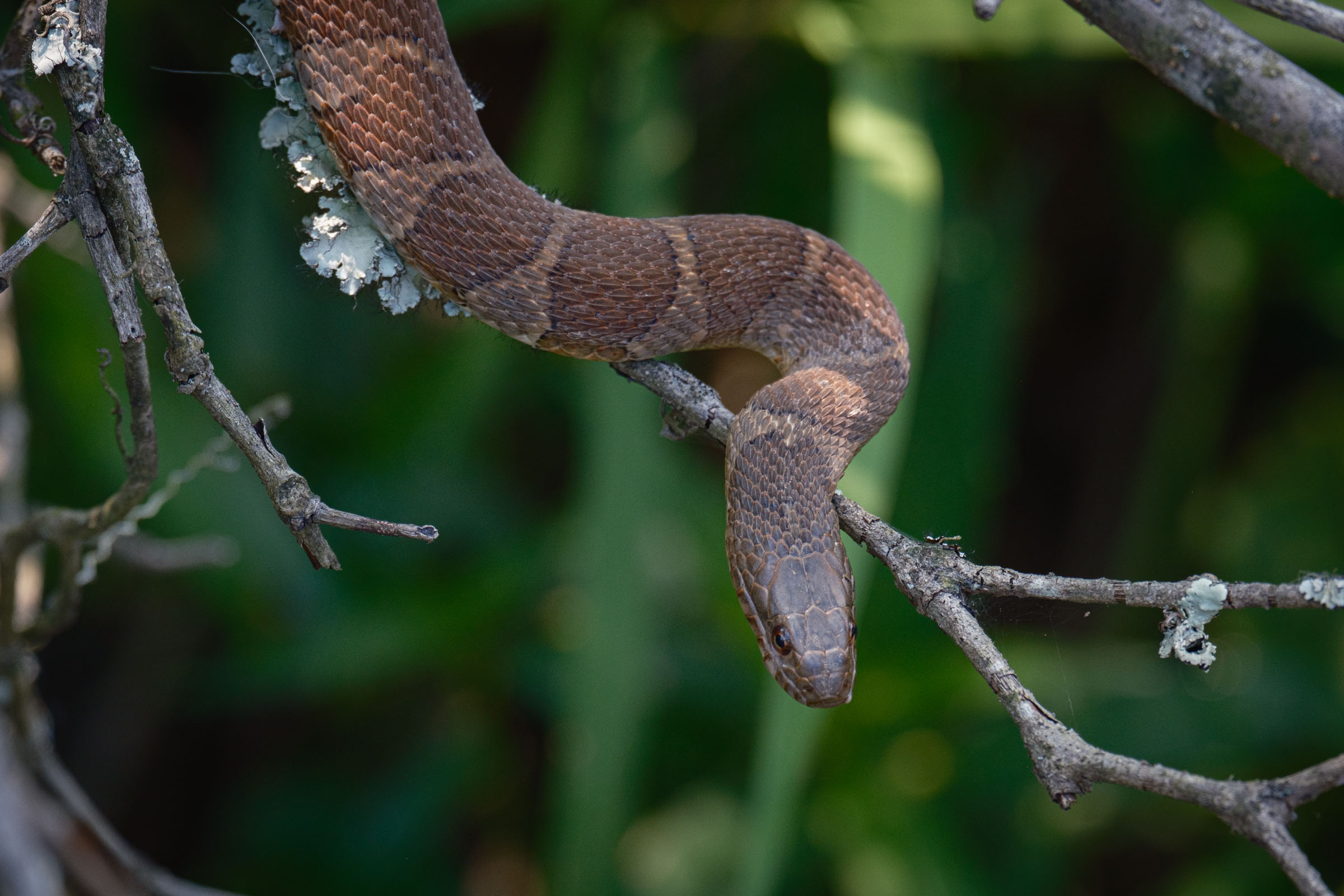
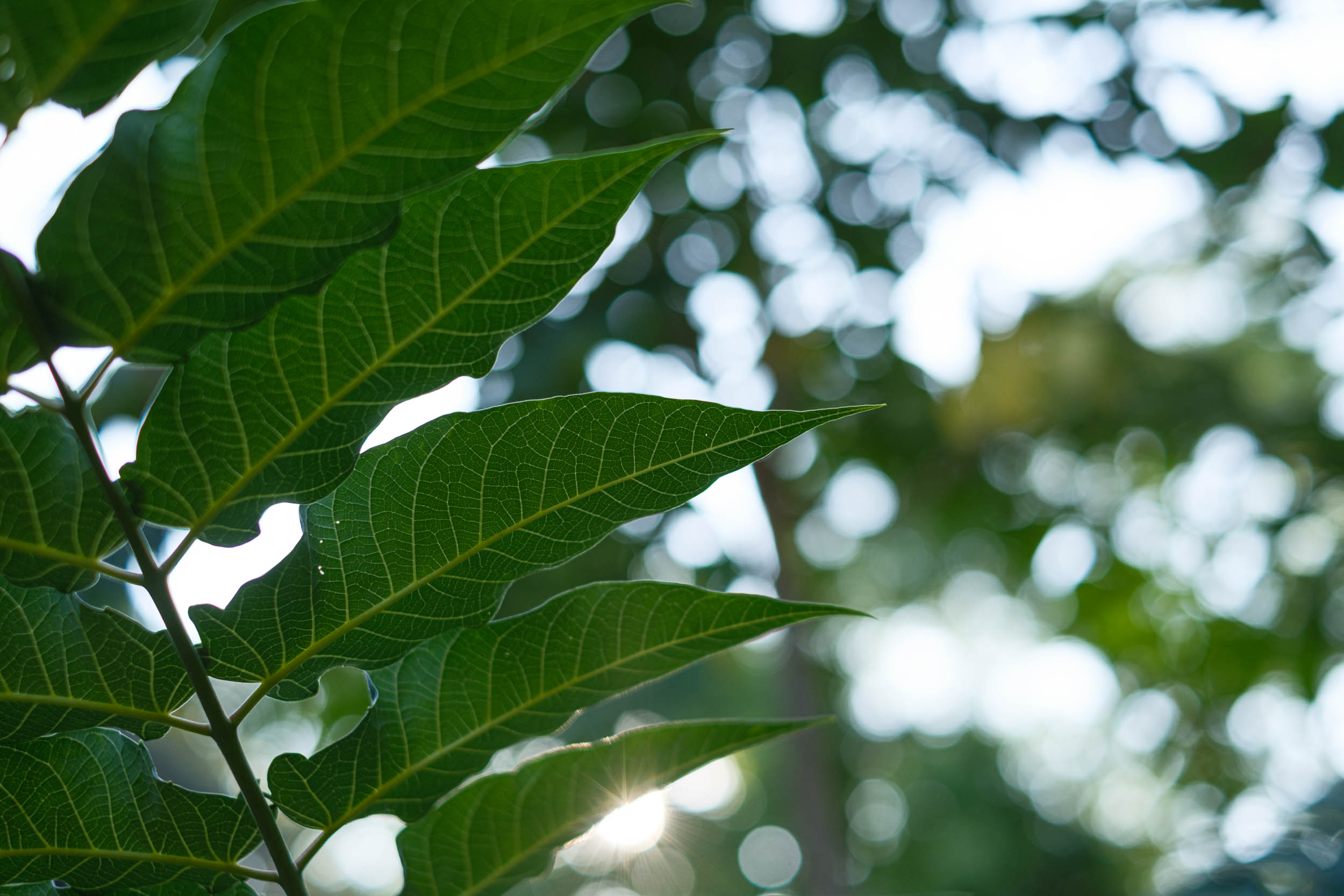

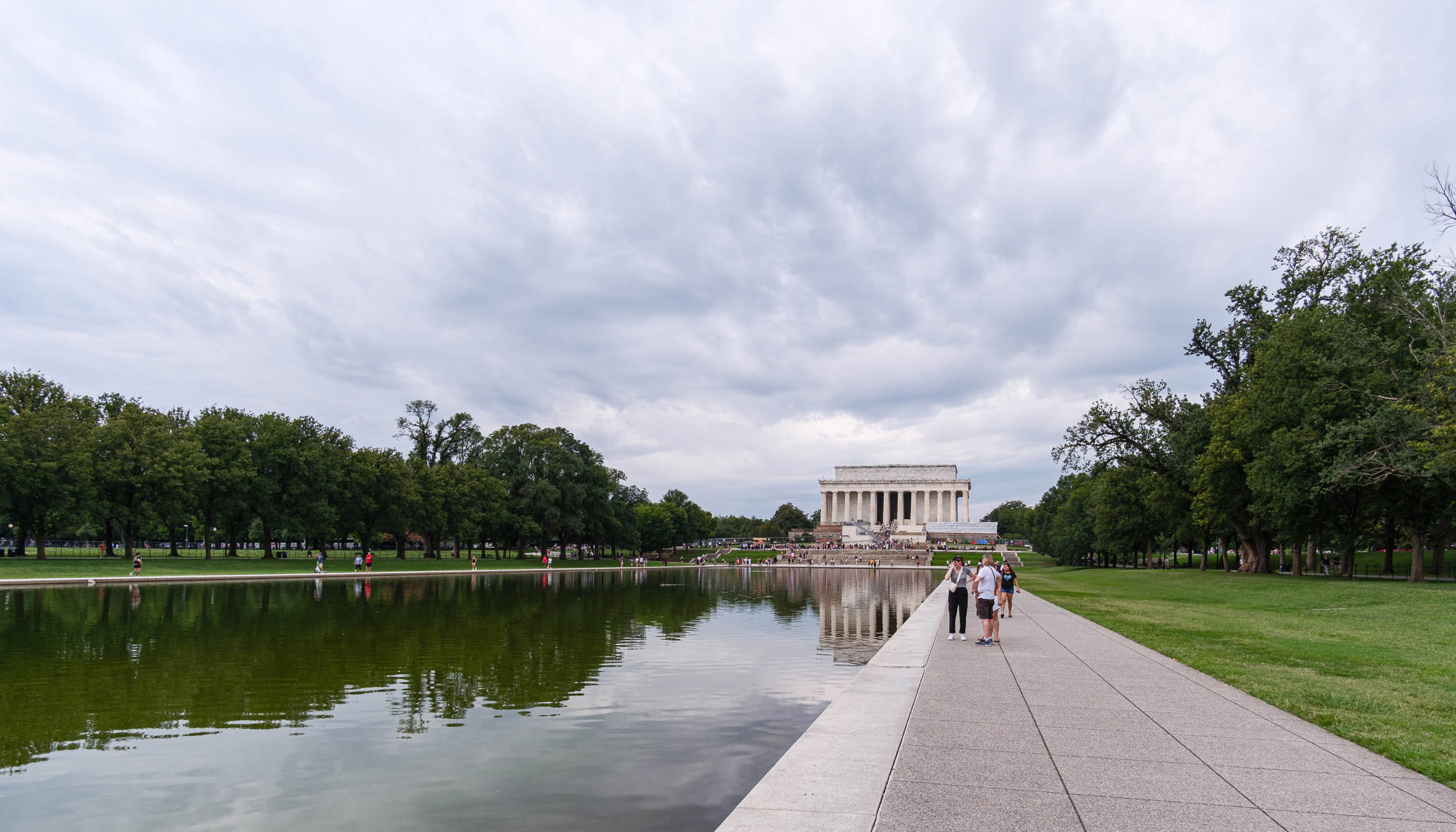
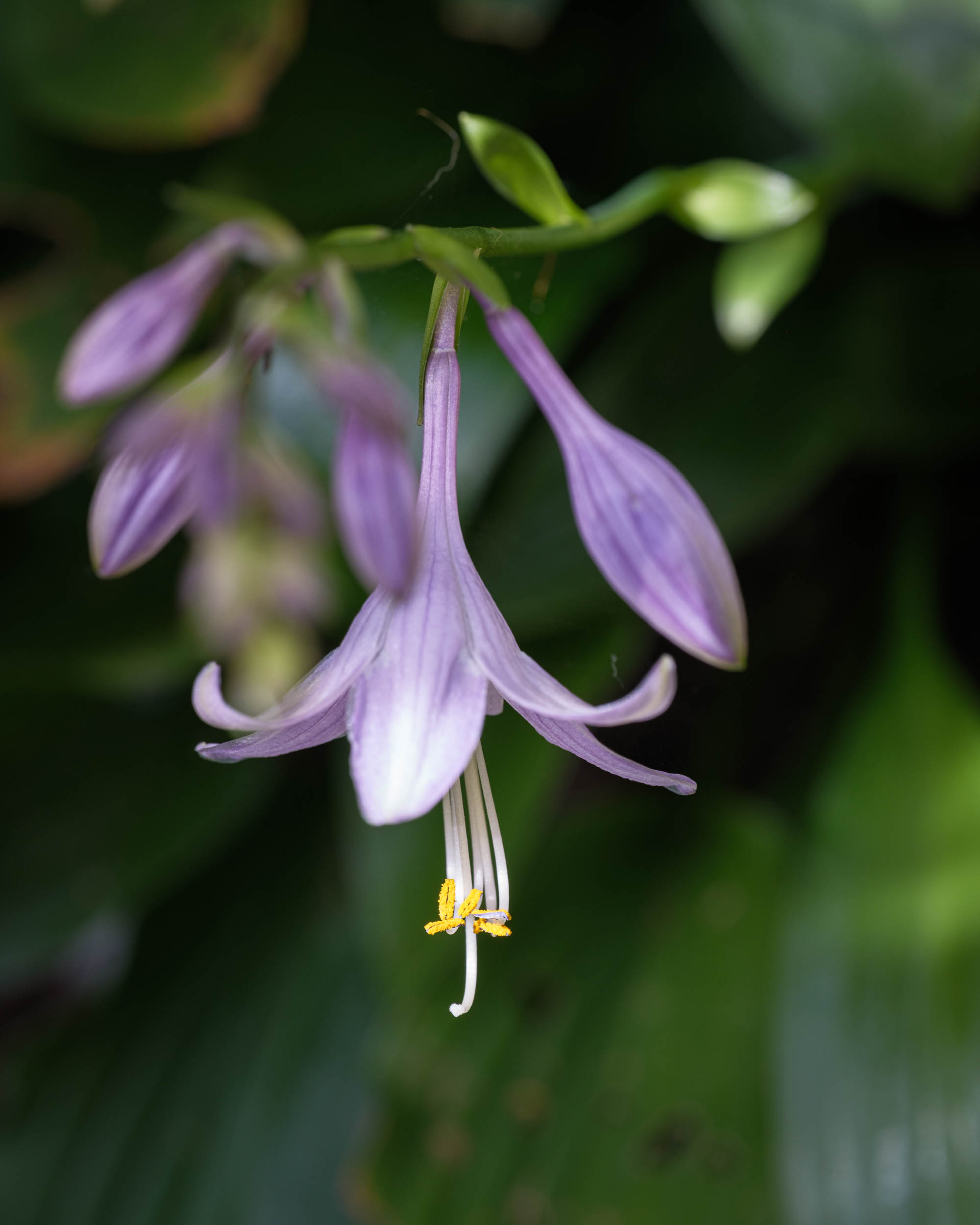

0 Comments